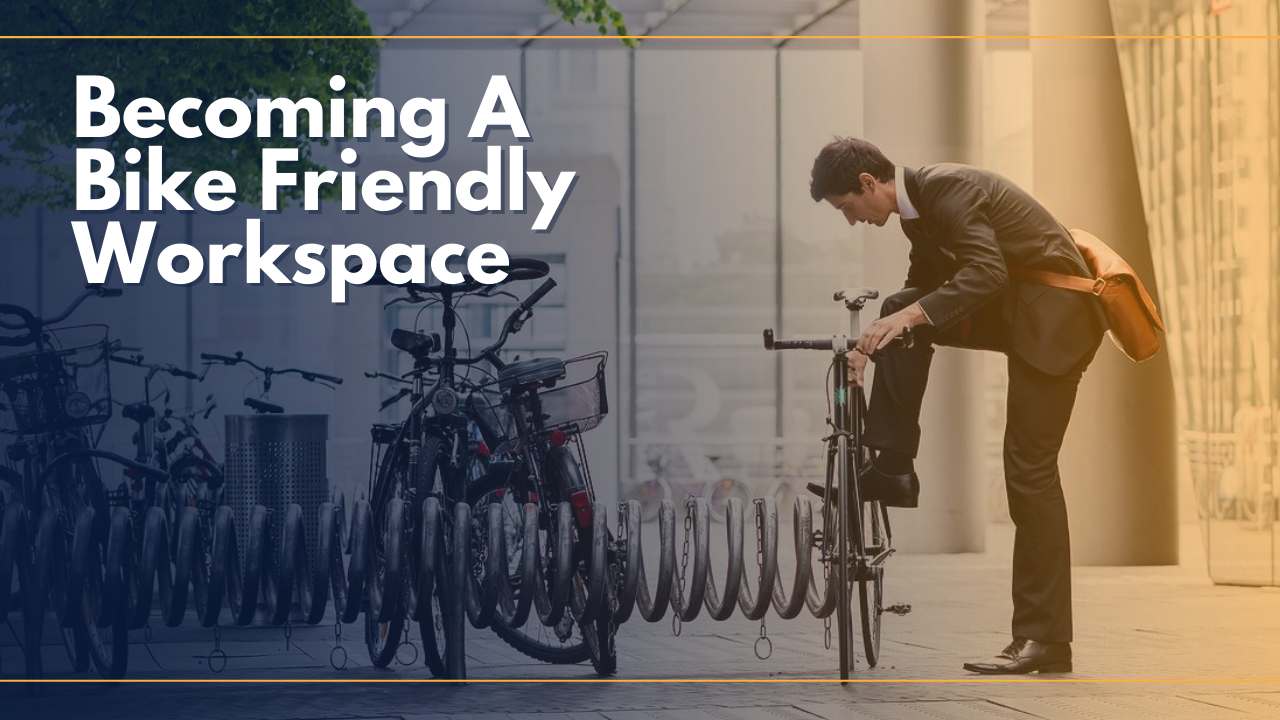- Bicycles are in high demand as the pandemic encourages people to change the way they commute to work.
- Flexible workspaces can embrace the new bike commute and leverage the opportunity to attract new members.
- From providing secure bicycle storage to sharing safe cycling routes, here are 4 ways to become a ‘bike-friendly’ coworking space.
Bicycle sales are up. Way up. Bicycle inventory cannot keep up with the unprecedented demand from retailers and consumers. As Michael Gacki, manager of the Bicycle Plus location in Coppell, Texas, told BicycleRetailer: “If I get 24 or 25 bikes, 21 of them are already spoken for. The others have a life expectancy of maybe three hours.”
The COVID-19 pandemic has caused many consumers to flock to the outdoors, and cycling is no exception.
According to The NPD Group, dollar sales of bicycles in June 2020 increased by 63% compared to the previous year, with sales reaching $697M in the United States alone. This followed a trend from previous months which saw increases in sales of bicycles for everything from families looking to replace recess, stationary fitness bikes, high end mountain bikes, to commuter bikes.
In the UK, data from the Cycle to Work Alliance, which helps increase the number of people commuting to work by bike, showed increases of 53% in May and 120% in June in the number of employees signing up for their benefit scheme. Adrian Warren, Chair of the Cycle to Work Alliance, said: “UK workers are ready to embrace cycling like never before. As lockdown measures ease, we want the scheme to support as many people as possible to return to work safely. Already we have seen that the scheme is the natural option for employees wanting to get to work safely.”
In response to this surge, cities across the globe have announced measures to create safer bike routes by investing in improvements to bike infrastructure, like adding hundreds of miles of new bike lanes and expanding pedestrian neighborhoods.
If how people get to work is changing, it is important for physical workspaces to embrace that change. There are a number of ways that the flexible workspace industry in particular can leverage the new cycling commute.
Becoming a Bike Friendly Workspace
Coworking spaces can make themselves more attractive to their cycling members by making sure that they are seen as a bike friendly location:
- Make maps. Map out safe bike routes in the vicinity to help members travel by bicycle to work. These maps can be shared on websites, printed in the space, given as part of a welcome packet, and promoted on social media. If safe bike routes are lacking, lobby local governments and work with local bike advocates to help get them established.
- Provide ample safe bicycle parking. No one wants their bicycle damaged or stolen, particularly at a time when inventory for a replacement is critically low. This can be in the form of outdoor and indoor bike racks, hooks, and lockers. Additionally, having a simple repair kit or tool set available can make the difference between a great customer experience or a very long trip home.
- Encourage participation. Create challenges and reward members for traveling to work via alternate modes of transport. For example, each year in Lake Tahoe, California, a regional Bike Challenge gets groups of employees competing to log the most miles over a two week period. Another option is to schedule family friendly leisure rides as an alternative to the traditional happy hour for your members.
- Spice up your marketing mix. Include bicycle promotional swag that can be given out to members, such as bike lights, repair kits, water bottles, and reflective stickers. Focus marketing efforts to include potential customers within commute range by bicycle, including e-bikes.
For operators exploring expansion opportunities, locations should be evaluated by whether or not it is already bike friendly as one more indicator of potential. This includes properties already situated in walkable districts as well as those situated along safe bike routes, or with announced infrastructure improvements in the works.
Although a direct result of the pandemic, traditional commute patterns may not return for some time, if at all, even once the pandemic has subsided. Businesses that embrace what is next and align themselves to support new modes of work and getting to work will be the best positioned for the future of work.
Further reading:
- https://www.nytimes.com/2020/06/12/business/paris-bicycles-commute-coronavirus.html
- https://www.weforum.org/agenda/2020/06/covid-19-made-cities-more-bike-friendly-here-s-how-to-keep-them-that-way/
- https://theconversation.com/covid-19-has-created-more-cyclists-how-cities-can-keep-them-on-their-bikes-137545


 Dr. Gleb Tsipursky – The Office Whisperer
Dr. Gleb Tsipursky – The Office Whisperer Nirit Cohen – WorkFutures
Nirit Cohen – WorkFutures Angela Howard – Culture Expert
Angela Howard – Culture Expert Drew Jones – Design & Innovation
Drew Jones – Design & Innovation Jonathan Price – CRE & Flex Expert
Jonathan Price – CRE & Flex Expert












